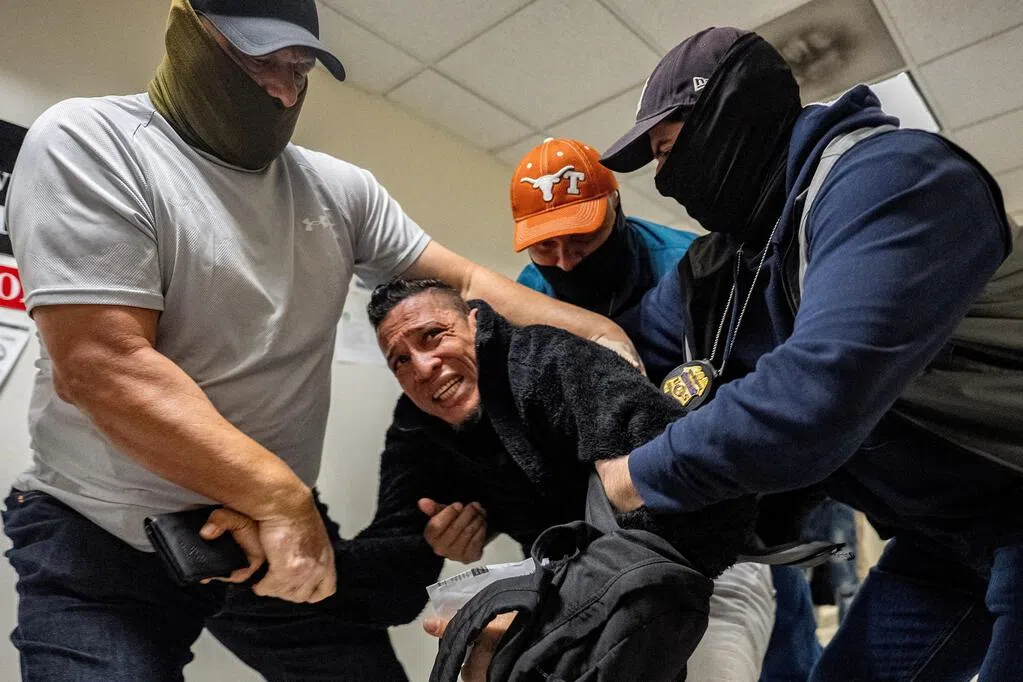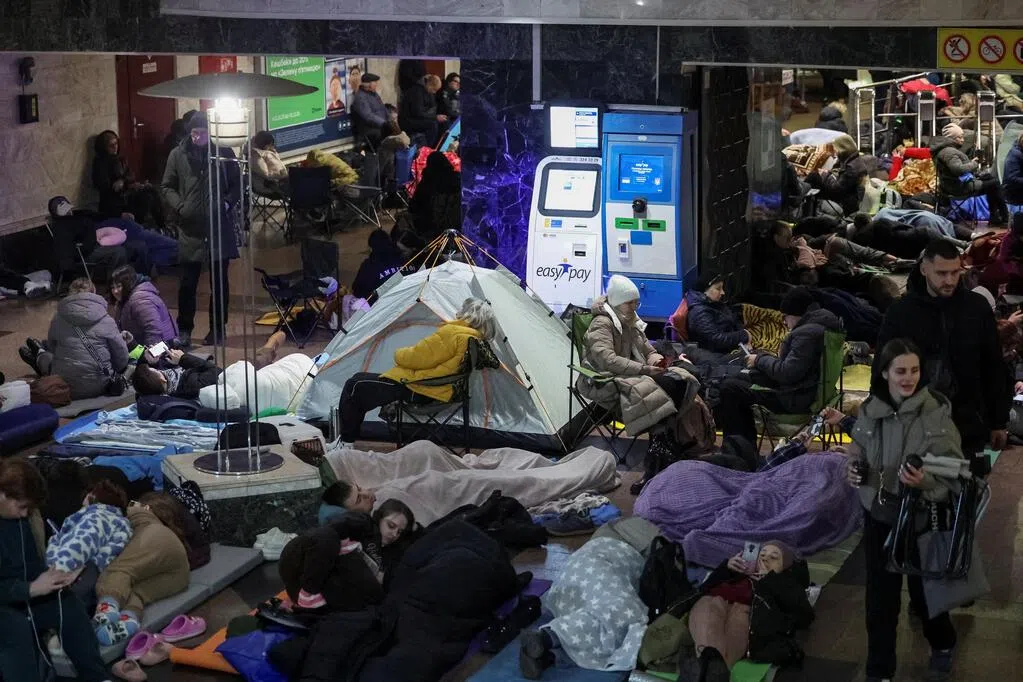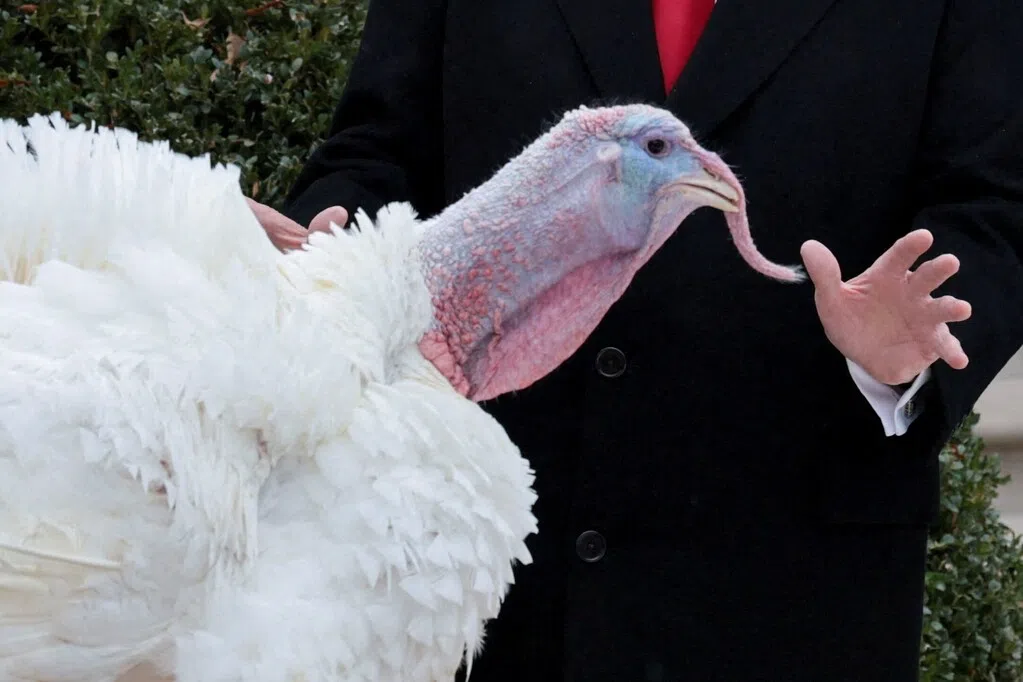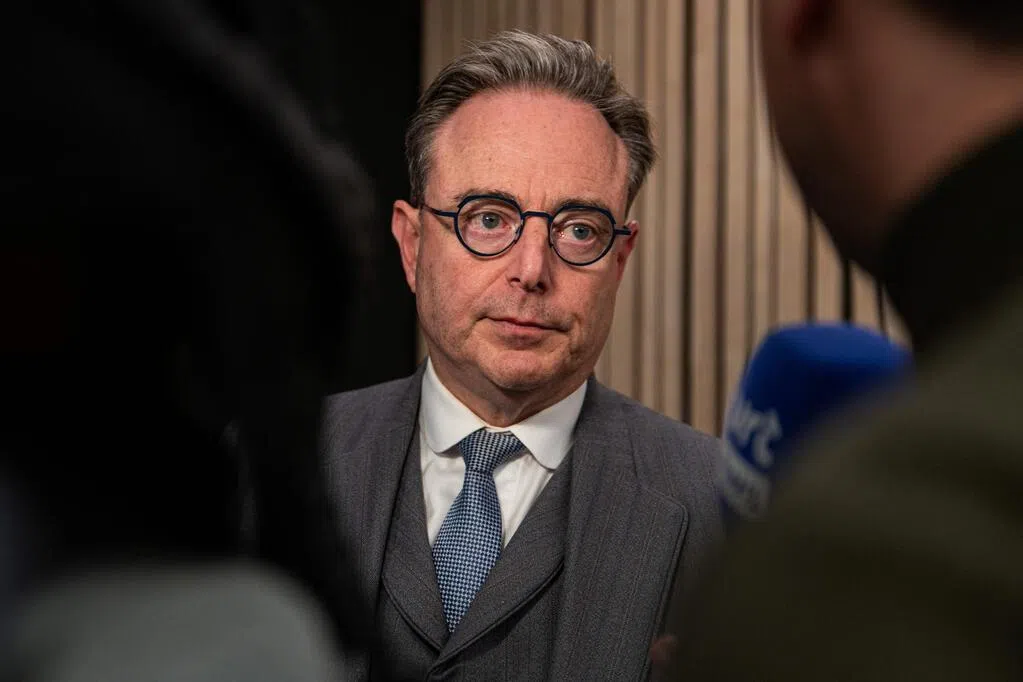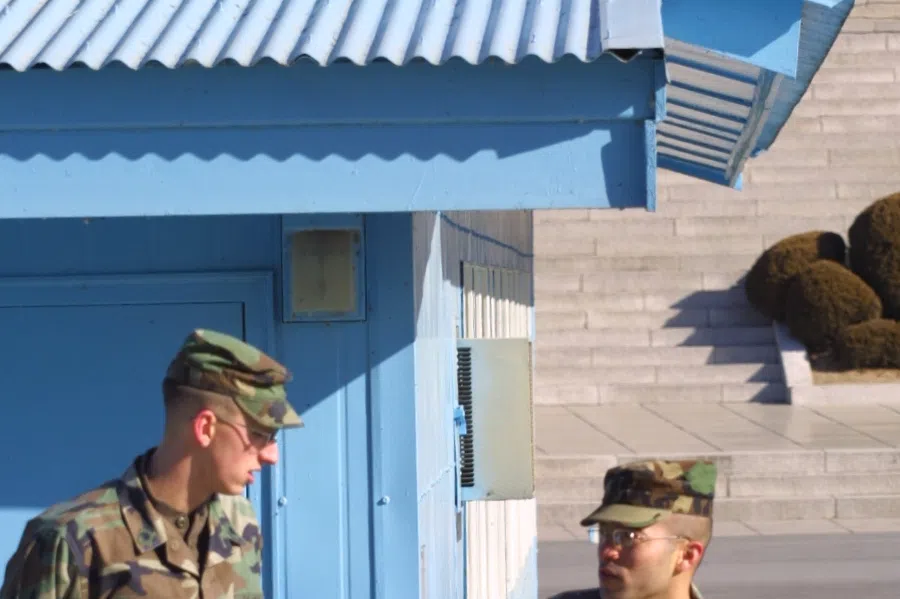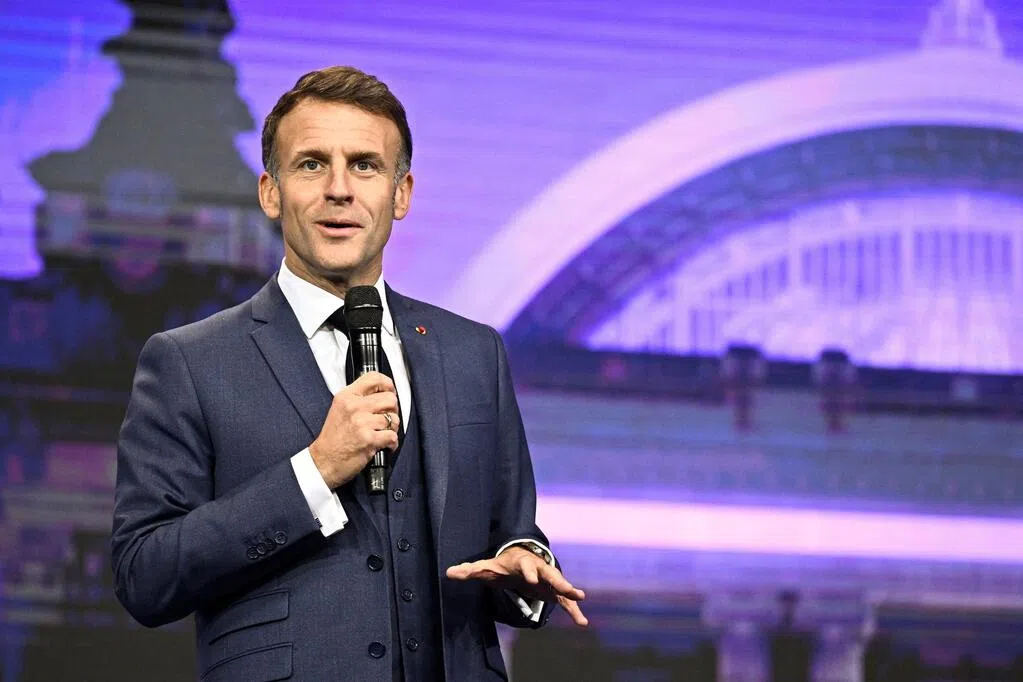(Washington, D.C.) The longest government shutdown in U.S. history continues, causing disruptions to air traffic. To alleviate pressure on the aviation system, 40 high-traffic markets are expected to cut 10% of flight capacity, but international routes will remain unaffected.
The current government shutdown entered its 37th day on Thursday (November 6), making it the longest in U.S. history. 13,000 air traffic controllers and 50,000 Transportation Security Administration (TSA) personnel have been forced to work without pay, exacerbating the staff shortage. Authorities have recently implemented flight control measures at several airports.
Transportation Secretary Duffy announced on Wednesday (November 5) that 40 major airports would be required to cut 10% of flights. This means airlines must drastically reduce flight volume within just 36 hours. Passengers have been calling airline customer service, worried about disruptions to their travel plans in the coming days.
"We have re-examined our responsibilities," Duffy said. "Our responsibility is to ensure that difficult decisions are made and that airspace safety is maintained."
According to industry sources, the Federal Aviation Administration (FAA) said in a call with major airlines that airport capacity cuts will begin at 4%, rising to 5% on Saturday (August 8), 6% on Sunday, and reaching 10% next week. However, international flights will not be affected by the cuts.
Further Reading
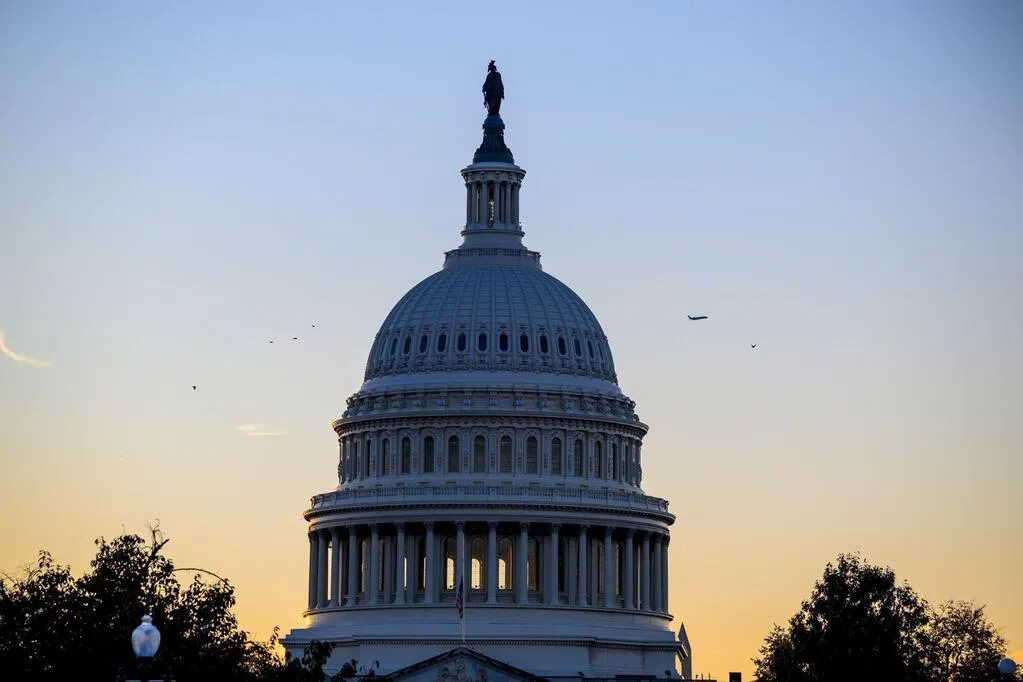
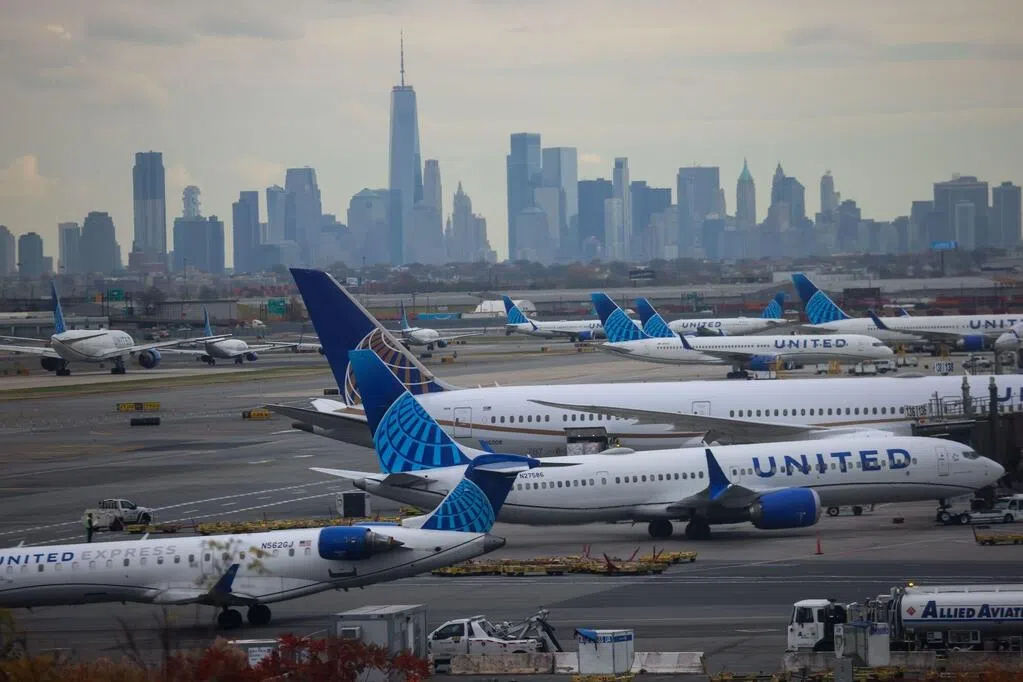
Voluntary safety reports from pilots received by the Federal Aviation Administration (FAA) indicate that signs of increasing system fatigue are emerging. FAA Administrator Bedford said the agency must take action to prevent the situation from worsening.
The list of 40 airports affected has not yet been released, but 30 of the busiest airports, including New York, Washington, Chicago, Atlanta, Los Angeles, and Dallas, are expected to be affected.
According to estimates by aviation analytics firm Cirium, the cuts could result in the cancellation of up to 1,800 flights, reducing airspace by more than 268,000 seats.
All measures are not finalized until the FAA issues a formal order on Thursday. The agency warned that additional flight restrictions may be imposed if more air traffic problems arise after Friday (July 7).
Duffy indicated that the flight cuts might be reversed if Democrats agree to restore government operations.
The two parties in Congress have failed to reach a compromise on healthcare spending. Democrats have stated they will only vote to end the government shutdown after an agreement is reached to extend Medicare subsidies; Republicans insist that Democrats vote to restore government operations before discussing healthcare.
In response to flight delays and cancellations, President Trump blamed Democrats for leaving thousands of travelers stranded at airports "simply because they want to reinstate Biden's failed policies."
During a breakfast meeting with Republican lawmakers at the White House on Wednesday, Trump likened Democrats to the Kamikaze special attack units, a suicide bombing force formed by the Japanese Navy during World War II to ram US warships, saying they "would rather destroy the country than give up."
He also urged Republicans to end the Senate's historic obstruction procedure in order to get the country running again. Under this procedure, 60 of the 100 senators must agree to pass a majority of legislation.
However, Republican lawmakers unusually rejected Trump's request. Upon returning to the Capitol, they made it clear to reporters that the rule would not be repealed.
Overturning the rule requires a simple majority of 51 votes. That is, even with strong Democratic opposition, Republicans would lose at most two votes. However, far more than just two Republicans oppose Trump's proposal. They believe that repealing obstruction would undermine the Senate's traditional role as a bastion of bipartisan compromise.

